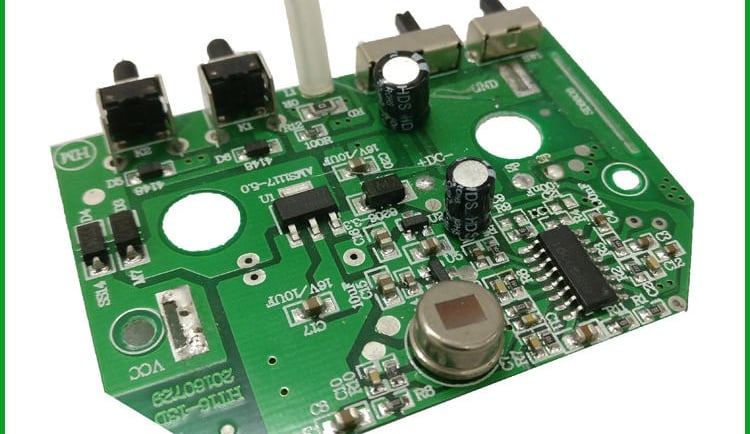Analysis of Traditional vs. Integrated Chip Design
Analysis of Traditional vs. Integrated Chip Designs for a 10W Walkie-Talkie Mainboard PCB Layout
8/23/20242 min read


Analysis of Traditional vs. Integrated Chip Designs for a 10W Walkie-Talkie Mainboard PCB Layout
When designing a 10W walkie-talkie mainboard PCB layout, both traditional and integrated chip designs offer distinct advantages and disadvantages. Below is a detailed comparison of the two design approaches:
1. Traditional Design
Advantages:
High Flexibility in Design:
Traditional designs typically utilize discrete components, allowing designers to freely choose and combine components to achieve optimal performance. This is particularly beneficial in custom applications or specific use cases.
Wide Range of Component Supply:
Discrete components generally have a broader supply chain, giving designers the flexibility to choose parts from various suppliers, thereby reducing supply chain risks.
Ease of Maintenance:
Components used in traditional designs are often easier to replace and repair, offering advantages in manufacturing and post-production maintenance.
Greater Room for Performance Tuning:
With discrete components, there is more flexibility in tuning and optimizing circuit performance, allowing for targeted adjustments based on specific needs.
Disadvantages:
Larger PCB Area:
Due to the use of multiple discrete components, the PCB layout requires more space, which may lead to an increase in the overall size of the device.
Increased Design Complexity:
The design and wiring are relatively complex, which can lead to signal interference and electromagnetic compatibility (EMC) issues, thus increasing the design cycle and debugging difficulty.
Higher Production Costs:
The need for extensive manual tuning and quality control typically results in higher production costs.
2. Integrated Chip Design
Advantages:
Smaller PCB Area:
Integrated chips combine multiple functional modules into a single chip, reducing the PCB area required and facilitating device miniaturization.
Simplified Design:
Since most functions are integrated into the chip, circuit design and PCB wiring are simplified, leading to shorter design cycles and easier debugging.
Cost-Effective:
The mass production cost of integrated chips is generally lower than that of discrete components, making them suitable for large-scale production and reducing overall manufacturing costs.
Higher Reliability:
Integrated chips undergo rigorous testing by manufacturers, offering higher overall reliability and easier control of electromagnetic compatibility.
Disadvantages:
Limited Flexibility:
The design of an integrated chip is fixed, making it difficult to adjust according to specific application needs. If a particular module underperforms, it may impact the overall system performance.
High Dependency on Supply Chain:
The supply chain for integrated chips is more concentrated, making it susceptible to factors such as supplier capacity and technological updates. If a chip is discontinued or supply issues arise, finding alternatives can be challenging.
Difficult Maintenance:
Once an integrated chip fails, it is often difficult to repair just the faulty part. The entire chip may need to be replaced, which can increase maintenance challenges and costs.
Traditional Design is more suitable for applications that require high performance and customization, though it comes with increased design complexity and costs.
Integrated Chip Design, on the other hand, is ideal for applications that demand compact size, cost efficiency, and standardized performance, making it better suited for mass production.
Depending on the specific project requirements and available resources, the appropriate design approach can be chosen.
Chenghui International Park ,Nan 'an,Quanzhou ,Fujian ,China 362300.
Your Secure Communication Is Our Mission


allyxubin
ally@akl-tech.com anson@akl-tech.com
© 2024-2025 All rights reserved. AKL Technology Co.,Limited All Rights Reserved.
POC Radio
DMR Radio
Analog Radio
Radio Accessories
86-15859775920
